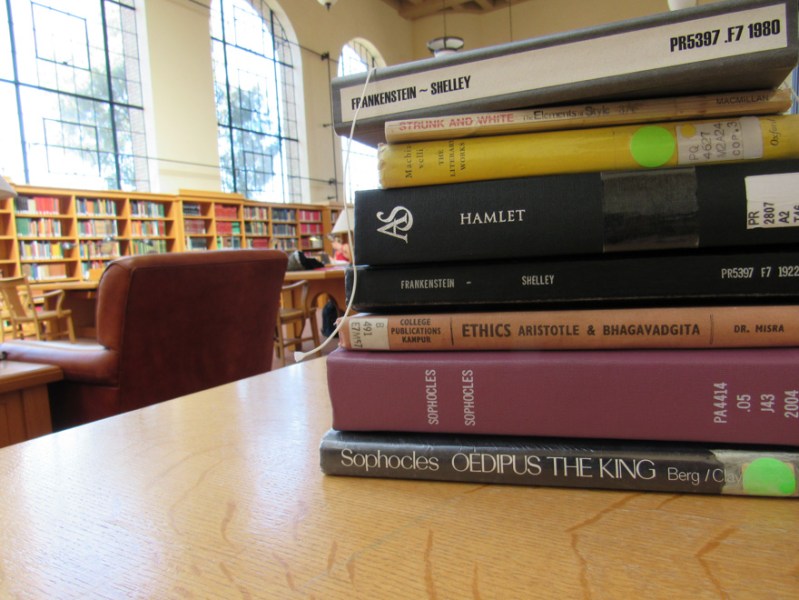More student researchers will now have the opportunity to hold primary source documents in their hands, rather than viewing them through a computer screen.
Tom Mullaney, an associate professor of Chinese history, has spearheaded the new initiative “Massively Multiplayer Humanities” to allow more students to access Stanford’s archives. The Stanford Libraries possess a massive collection of primary source documents, including a first edition work by Galileo, a leaf from a Gutenberg Bible and a host of ancient manuscripts.
However, most students in the humanities don’t encounter this collection until they take higher-level classes, normally in their junior or senior year. Mullaney, in a partnership with Henry Lowood, curator for the Stanford Libraries, hopes to increase accessibility to these primary source works.
Mullaney has proposed inviting classes of up to 150 students to search through the works, rather than the normal class sizes of 10-15 students. Students are now able to find works in which their professors are not well-versed, providing for a more dynamic classroom environment.
Lowood hopes that allowing students to experience working and thinking as historians will help them determine their passion for various subjects. In addition, the ability to access documents that tie in directly with the history that students are learning has allowed them to produce more genuine and original history papers in the past.
Mullaney’s upcoming spring class, “History of Information: From Moveable Type to Machine Learning,” will be the fourth installment of the initiative.
Contact Josh Kazdan at jkazdan ‘at’ stanford.edu.
